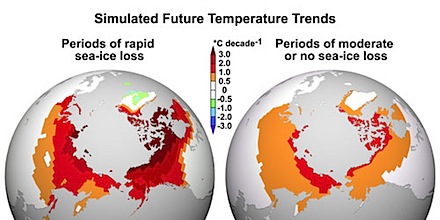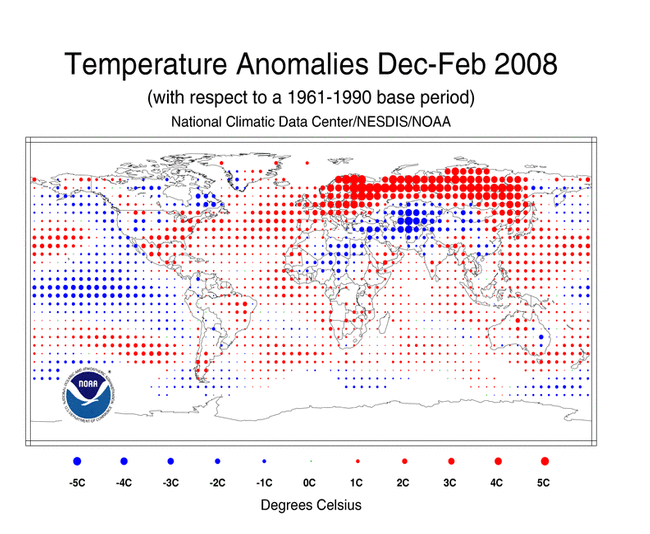 James Hansen [CV], the most outspoken climate scientist in the world, has been stirring up something of a furore. Invited by the Democrats to speak in Washington on the 20th anniversary of his famous 1988 testimony to Congress on the dangers of global warming, he used to opportunity to complain about the funding of climate disinformation campaigns by fossil fuel companies [full text]:
James Hansen [CV], the most outspoken climate scientist in the world, has been stirring up something of a furore. Invited by the Democrats to speak in Washington on the 20th anniversary of his famous 1988 testimony to Congress on the dangers of global warming, he used to opportunity to complain about the funding of climate disinformation campaigns by fossil fuel companies [full text]:
Special interests have blocked transition to our renewable energy future. Instead of moving heavily into renewable energies, fossil companies choose to spread doubt about global warming, as tobacco companies discredited the smoking-cancer link. Methods are sophisticated, including funding to help shape school textbook discussions of global warming. CEOs of fossil energy companies know what they are doing and are aware of long-term consequences of continued business as usual. In my opinion, these CEOs should be tried for high crimes against humanity and nature. Conviction of ExxonMobil and Peabody Coal CEOs will be no consolation, if we pass on a runaway climate to our children.
Prosecuted for “high crimes against humanity and nature”. That’s a pretty radical view and not surprisingly the climate disinformers have been hard at work trying to rubbish the idea – and Hansen and his work.

 Time for me to front up on wind power. As I mentioned last year, our local lines company,
Time for me to front up on wind power. As I mentioned last year, our local lines company, 

